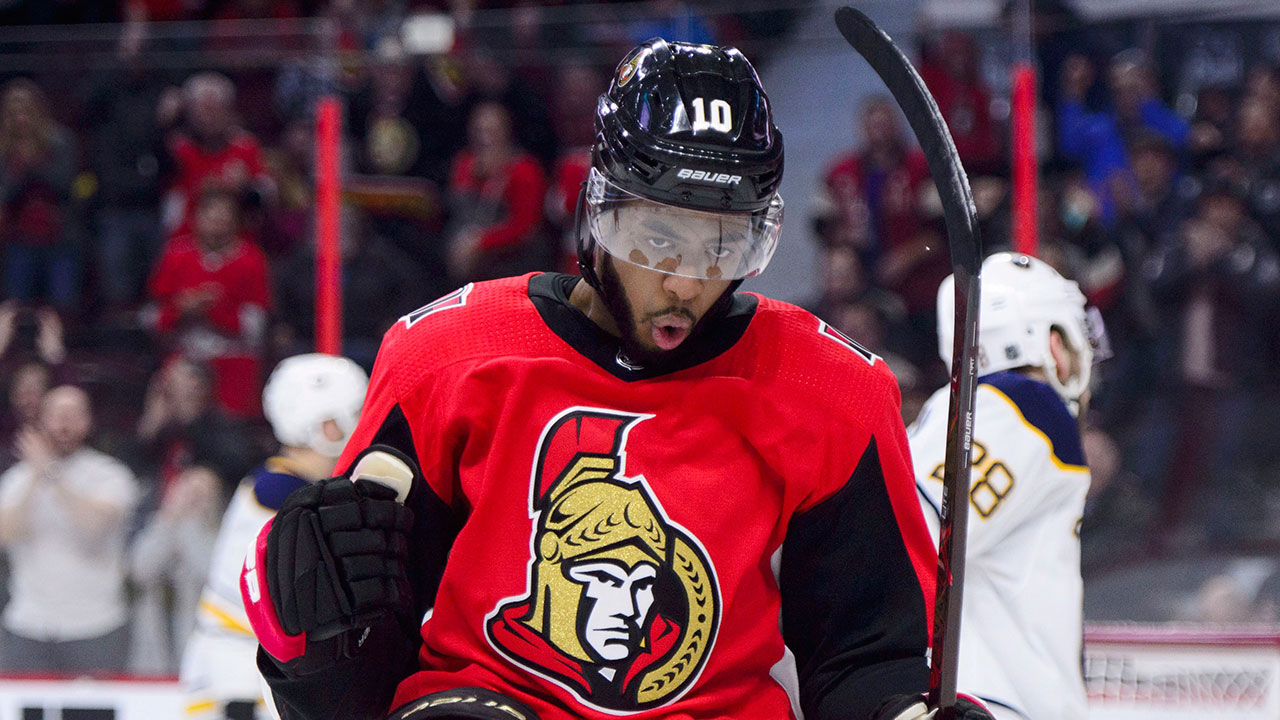
Panthers look like the NHL’s most dangerous team
Lost amidst a furious two-month, season-saving run by the Edmonton Oilers in the Western Conference has been an incredible resurgence from the defending Eastern Conference champions.
Perhaps they never left. But the Florida Panthers, as it stands today, may be the most dangerous team in the National Hockey League. And for Atlantic Division contenders — including their most likely first-round foe in the Toronto Maple Leafs — they are becoming a major concern.
Outside of Sam Reinhart’s mind-boggling 39 goals (and counting), coverage of the Panthers has been a little light for a team with so much returning pedigree.
Through the weekend action, Florida already has four skaters (the aforementioned Reinhart, as well as forwards Matthew Tkachuk, Carter Verhaeghe, and Alex Barkov) over the 50-point threshold, keying an impressive offence.
But it’s their defensive performance that has garnered my attention. This isn’t the same old all attack, all of the time, team. Florida is second in the league in goals conceded per game (2.5), with Sergei Bobrovsky and Anthony Stolarz both outperforming behind an improved defensive structure.
The Panthers are starting to tilt the ice in these games in stunning fashion. Florida’s goal differentials (both real and expected) have been going vertical for months, and they compare extremely favourably to their Atlantic Division counterparts:
It’s important to point out that Florida is a behemoth in multiple game states. At even strength, the Panthers are second in expected goal differential (55.6 per cent) over the full year; that’s translated to a +18 goal differential, good for sixth best in the National Hockey League.
Their profile (via HockeyViz) is effectively a shooting gallery of epic proportions, a machine at creating dangerous scoring chances in the low slot and between the circles:
If that’s not scary enough, consider their power play splits for a moment.
Florida’s man advantage has been good this year, averaging 9.3 goals per 60 minutes played (eighth in NHL). But notably, they are generating offensive pressure in a way that’s only comparable to that of Connor McDavid’s squad.
The Panthers and Oilers are averaging nearly 11 expected goals per 60 minutes on the power play. It’s the same core group of forwards (Tkachuk, Reinhart, Verhaeghe, and Barkov) playing with a rotation of defencemen Brandon Montour or Oliver Ekman-Larsson. And they are breathtakingly dangerous, moving the puck with speed and precision against all types of penalty kill structure.
If there is one weakness observed on this team, it’s across the performance of their depth players. Even on a relative basis to other depth groups around the league, Florida’s bottom-six forwards leave something to be desired: four regular forwards (Eetu Luostarinen, Kevin Stenlund, Nick Cousins, Steven Lorentz) have been mercilessly outscored at even strength this year, in large part because offence grinds to a halt when they have been on the ice.
It’s for this reason, coupled with cap space just shy of $4 million currently, I anticipate the Panthers to be an aggressive buyer at the trade deadline.
Forwards like Pittsburgh’s Jake Guentzel and Anaheim’s Adam Henrique would be dream additions and could be facilitated through some marginal salary swaps, or a piece of salary retention in a given trade, though it’s worth acknowledging they have already leveraged some future assets (notably their first-round picks in 2024 and 2025) in prior deals.
Many of us were caught by surprise during Florida’s breakout season in 2021-22, where they won the Atlantic outright. By now, no one should be caught off guard. This is one of the league’s best teams, perhaps playing the best hockey of any team right now, and drawing them in the first round looks nothing less than a nightmare scenario.



Be the first to comment